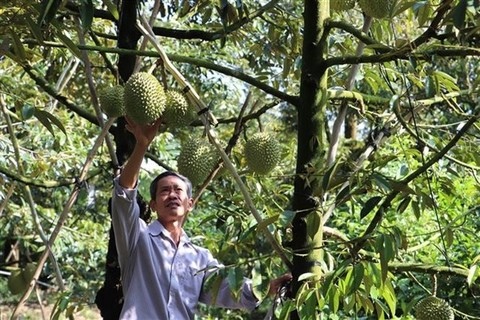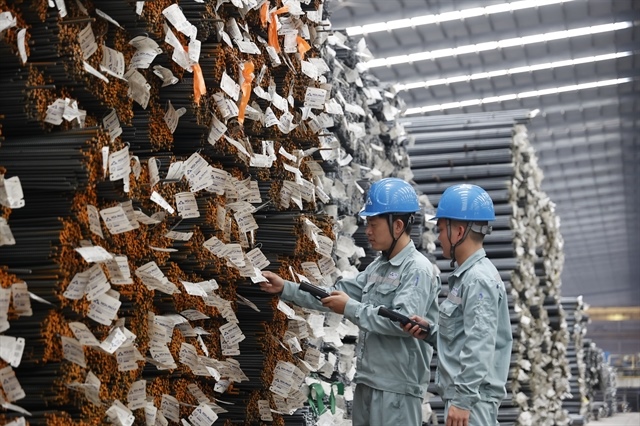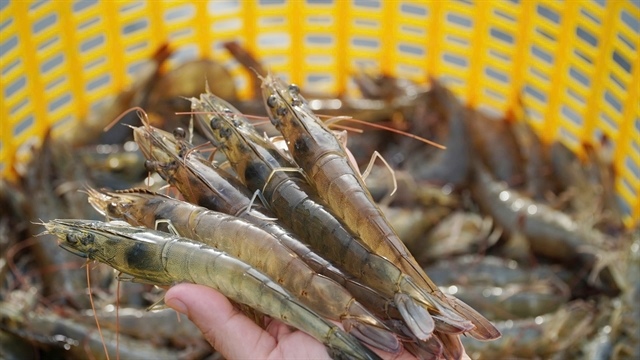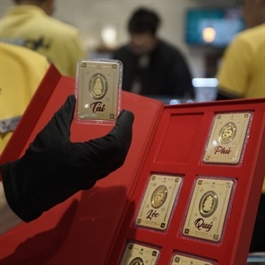Thailand becomes Việt Nam's second largest durian importer
Thailand becomes Việt Nam's second largest durian importer
Thailand, the world’s biggest durian exporter with a total export turnover of US$7 billion, became Việt Nam's second largest importer of this fruit in the first four months of 2024.

Vietnamese durian. — VNA/VNS Photo |
In the period, Thailand spent up to $22.5 million importing Vietnamese durian, a year-on-year surge of 82 per cent. This figure is much higher than that of the third ranked market, China’s Hong Kong, with only $3.6 million. In 2023, Hong Kong was the second largest import market with a turnover of $20 million, followed by China’s Taiwan with $16 million.
Đặng Phúc Nguyên, General Secretary of the Vietnam Fruit and Vegetable Association (Vinafruit), explained that in recent times, Thailand increased imports of Vietnamese durian because during that time, Việt Nam was the only country supplying this kind of fruit in the world.
Although Thailand is the largest exporter of the fruit, its durian has decreased significantly in quantity and quality due to severe drought, so it has to buy this fruit from other countries to serve domestic and tourist needs, stated Nguyên.
Vinafruit Chairman Nguyễn Thanh Bình added that while China is the largest importer of Vietnamese fresh durian, Thailand is Việt Nam's top frozen durian importer thanks to competitive prices.
Some of the imported frozen durian is to serve processing activities, but the majority is exported to third countries, mainly China, Bình said, adding that currently, Việt Nam is not allowed to export frozen durian to China while Thailand and China have a protocol on frozen durian.
Therefore, the Vietnamese business community is looking forward to the early signing of a protocol between Việt Nam and China, so that products do not have to detour to benefit both Vietnamese farmers and Chinese consumers.
In April, Vietnam earned $217 million from shipping durian abroad, up 487 per cent against the same period last year.
The figure for the first four months of this year reached $470 million, a year-on-year rise of 146 per cent. China was the largest importer, accounting for 92 per cent of the market share.




























